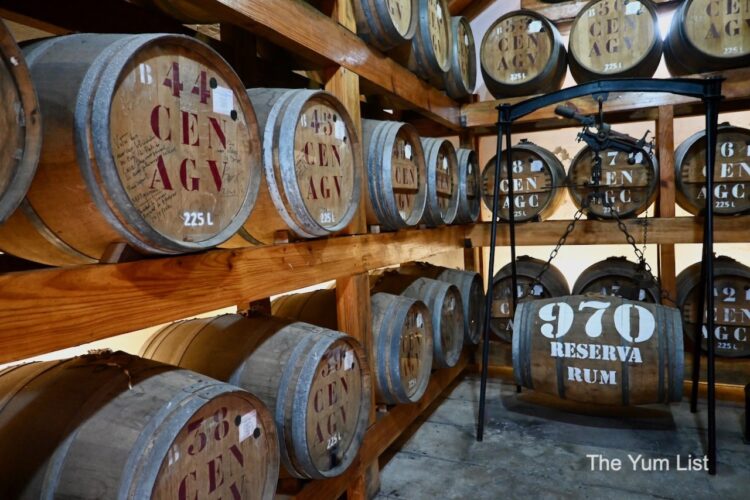Madeira Rum
Monica Tindall
The island of Madeira is known for its namesake wine, but its rum has also been gaining much attention in recent years thanks to strict production regulations and methods.
Sugar cane cultivation and rum production date back to the 15th century when the Portuguese settlers introduced the crop. Madeira’s abundant water resources, suitable temperature, and fertile soil made it the perfect place to grow sugar cane.
During the early years of colonisation, sugar cane was a prominent crop on the island. By 1466, it had taken over as Madeira’s main export. Sugar cane production served the local markets and expanded to export markets in mainland Portugal, the Mediterranean, and Northern Europe. The island of Madeira became a hub for developing sugar cane production techniques, including the technology used to manufacture sugar, sugar cane honey, rum, and alcohol.
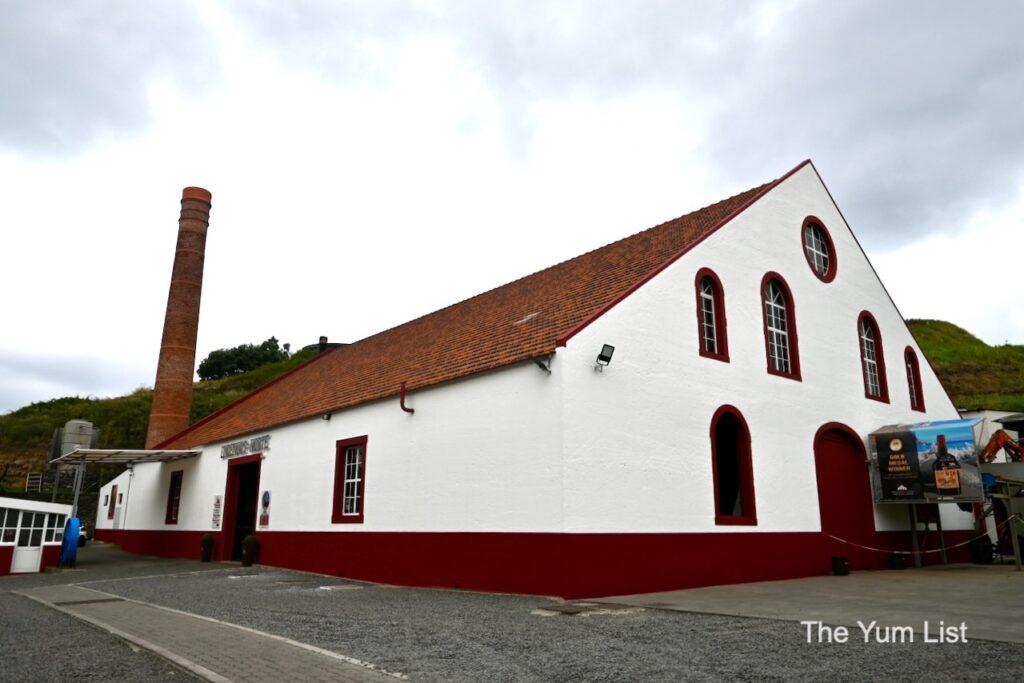
Madeira Rum
However, as the centuries passed, sugar cane cultivation faced challenges such as competition from Brazil’s cheaper sugar and diseases that affected the crops. As the development of sugar cane declined, other crops, including vineyards, cider, and fruits, began to flourish. The area used for sugar cane cultivation had drastically diminished by the 20th century, primarily due to the closure of industrial facilities and the diversification of farmers’ agricultural pursuits.
But in recent years, production has been revived in Madeira. Various incentives and support measures from regional authorities have encouraged farmers to return to sugar cane cultivation. It has grown significantly, and the area dedicated to its cultivation has expanded. Today, sugar cane occupies a total area of 172 hectares on the island.
The unique cultivation practices of sugar cane in Madeira contribute to the distinct characteristics of Madeira rum. The production is primarily done on small family-owned farms, and mechanisation is limited due to the steep slopes of the land. The harvest is a labour-intensive process carried out manually, and the canes are transported to processing facilities to produce agricultural rum and sugar cane honey.
The geographical framework of sugar cane cultivation on Madeira Island is concentrated in the municipalities of Calheta, Machico, Ponta do Sol, and Ribeira Brava, where favourable climate conditions and soils of basaltic origin contribute to its successful growth. The island’s relief and orography, characterised by slopes and terraces, add to the uniqueness of the agricultural landscape.
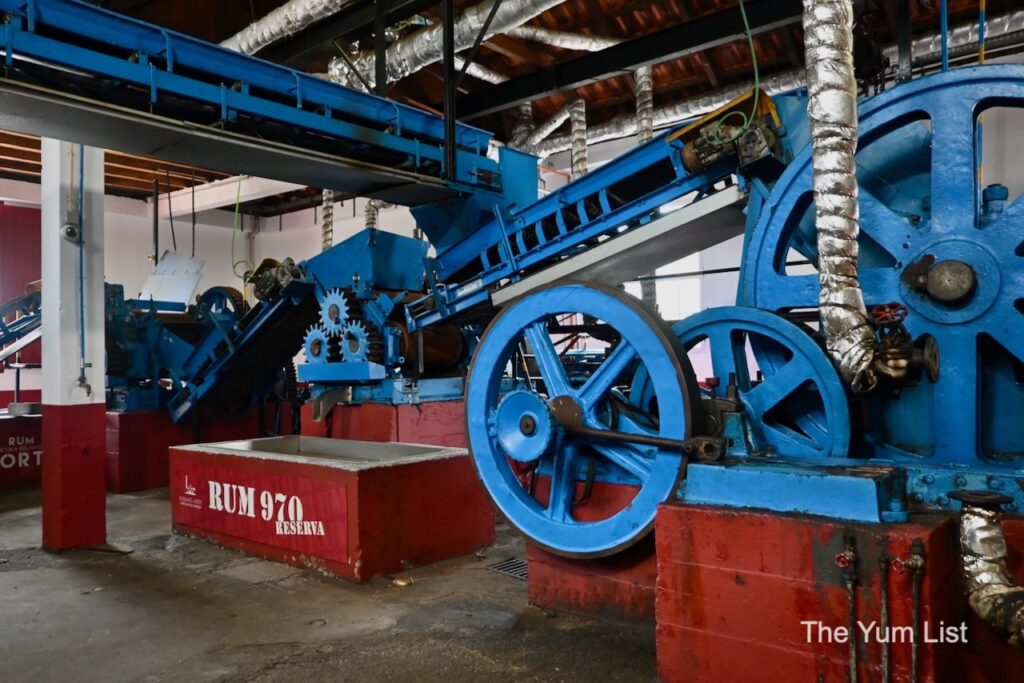
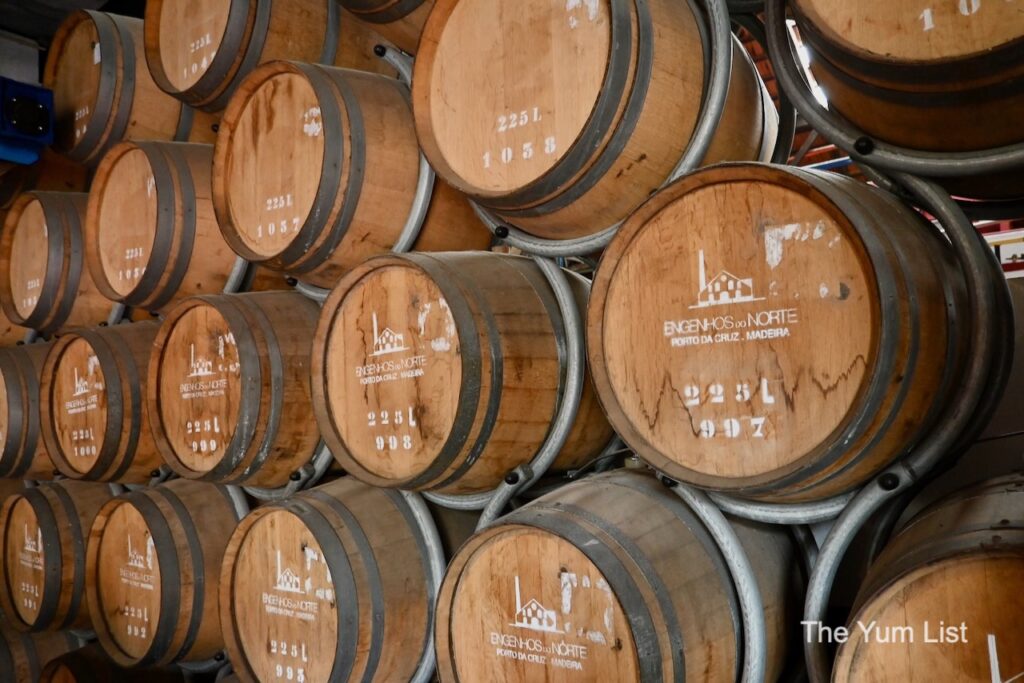
J. Faria & Filhos, Lda. – Engenhos do Norte
We’re fortunate to see the industry’s inner workings of rum production with a visit to J. Faria & Filhos, Lda. – Engenhos do Norte.
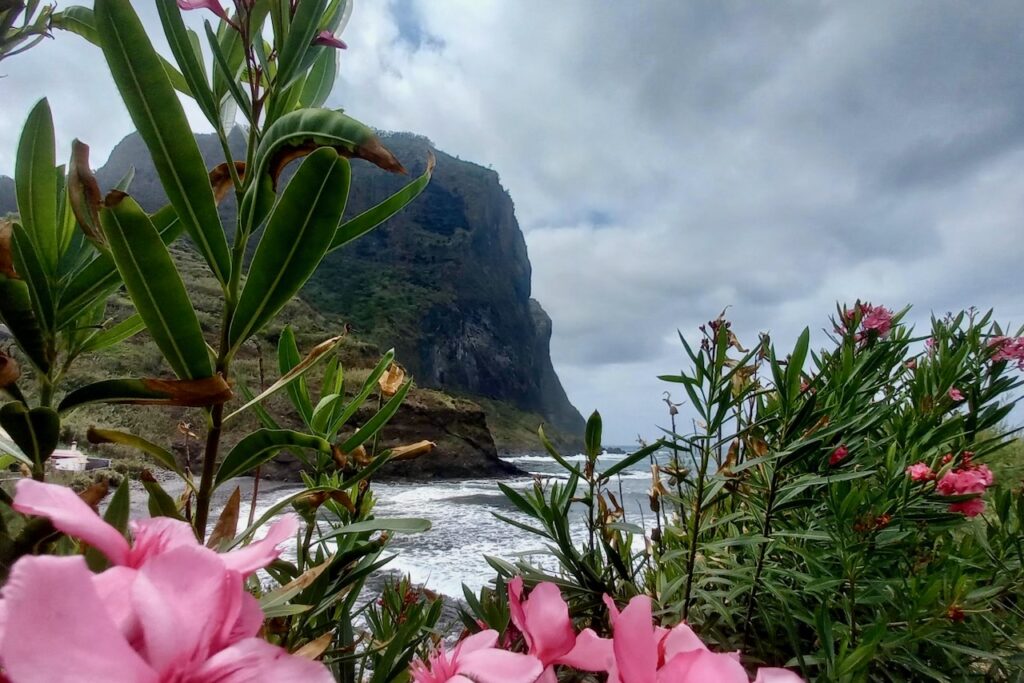
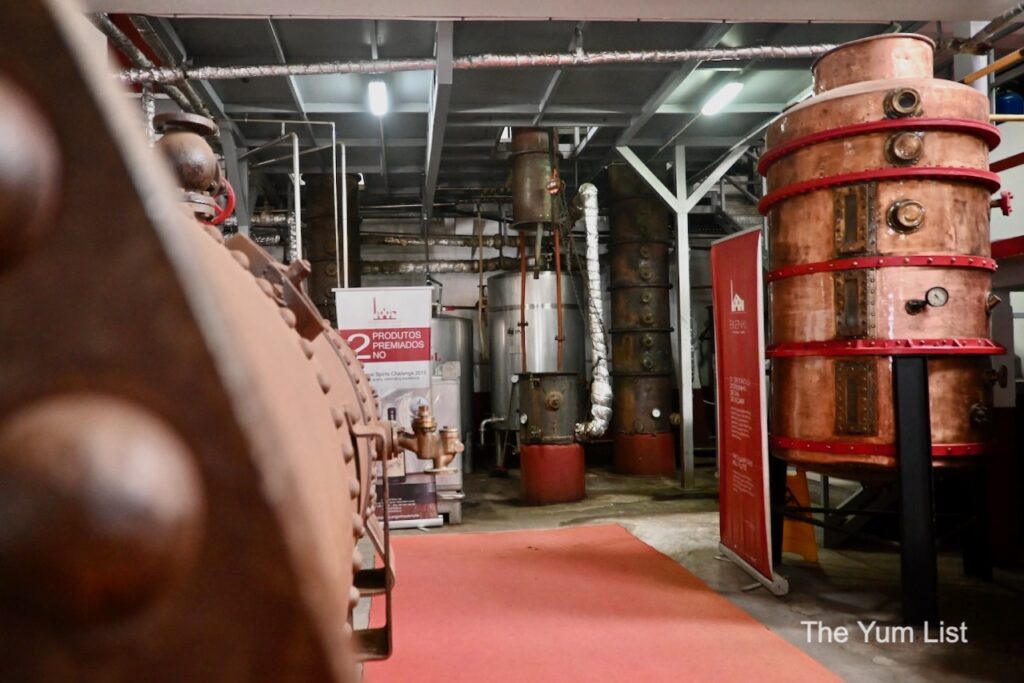
J. Faria & Filhos, Lda. – Engenhos do Norte is a renowned distillery situated in the picturesque town of Porto da Cruz, Madeira, Portugal. It’s one of the three old mills remaining operational, each steeped in history. It was established in 1927, a merger of around fifty sugar mills. To this day, it carries on the tradition of crafting agricultural rum from Madeira, utilising the very machines from that era. Remarkably, it is the sole distillery in Europe that employs steam as its driving force.
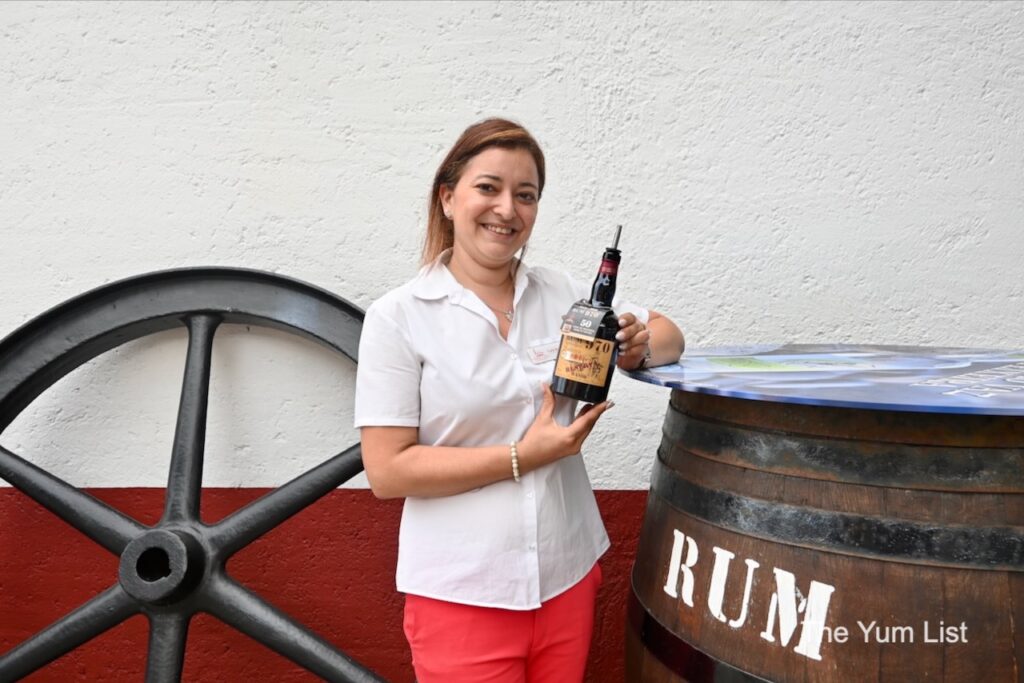
The distillery’s commitment to traditional methods and attention to detail is evident in every bottle, as they meticulously craft their rums using locally-sourced sugarcane and age them to perfection. Important to note here is that for the past ten years, the distillery has only been producing “agricultural” or “sugarcane juice” rum. Made with fresh sugarcane juice, as opposed to molasses (a byproduct of sugar refining), it’s an extraordinarily clean and high-quality spirit. Unlike molasses, sugarcane juice varies in taste, much like wine grapes planted in different soils and conditions.
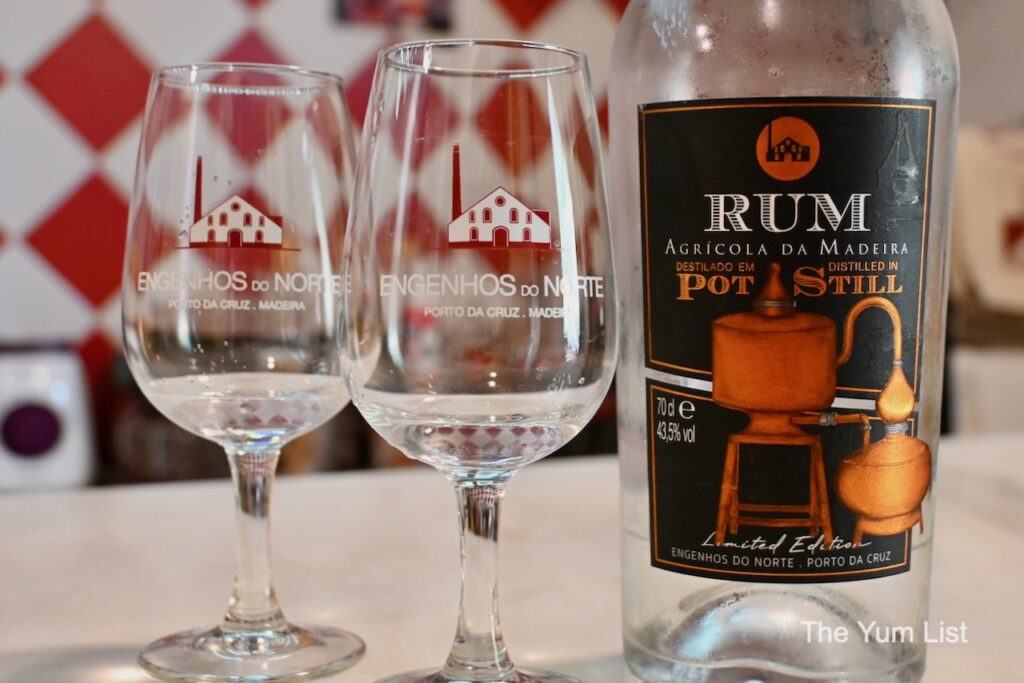
This offers agricultural rum a unique opportunity for a diversity of natural flavours. Ringed by the sea, the taste also has a light salinity as the barrels absorb some of the ocean air, balancing the natural sweetness. Because the juice cannot be transported or stored for long periods, most is in the distiller within days, if not hours, of harvesting. Furthermore, the fields are never burned to reduce costs, as is common practice elsewhere. This not only guarantees a better-tasting product but also prevents air pollution. We are converts!
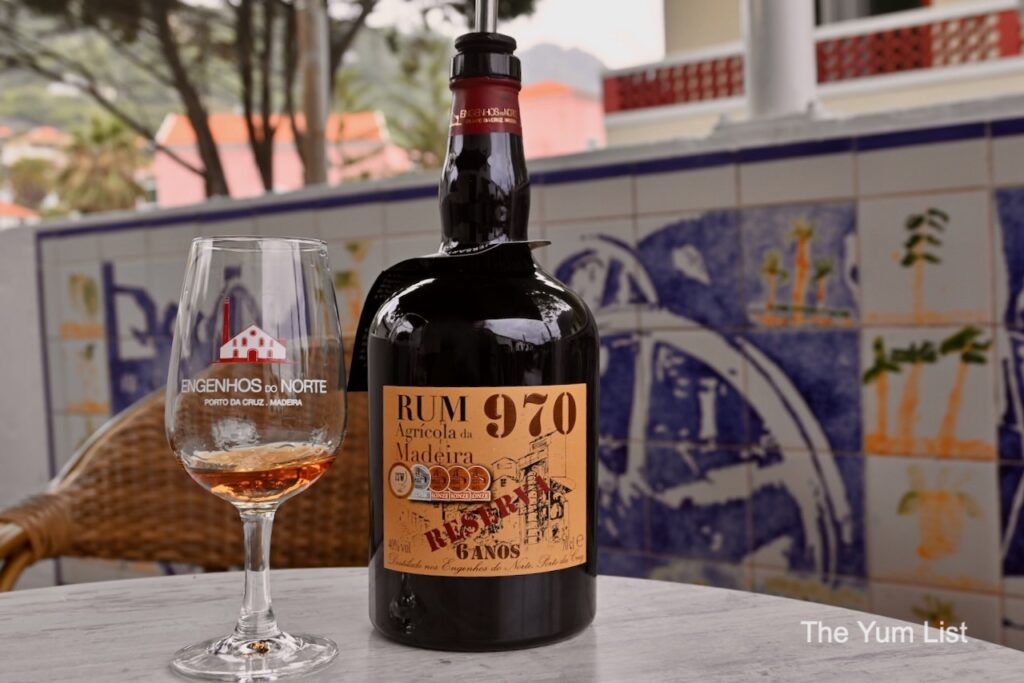
Visitors to J. Faria & Filhos – Engenhos do Norte can explore the distillery’s heritage, witness the time-honoured distillation process, and savour the exquisite flavours of their fine rums. Tasting some of their white and aged rums is a must, but we also highly recommend trying some of their dark rum cocktails, particularly their house-made poncha (a rum punch made with various fruits). Avoid the pre-made bottles; instead, go straight for the fresh jugs. Just remember to approach the poncha with caution, as the potent concoction packs quite a punch!
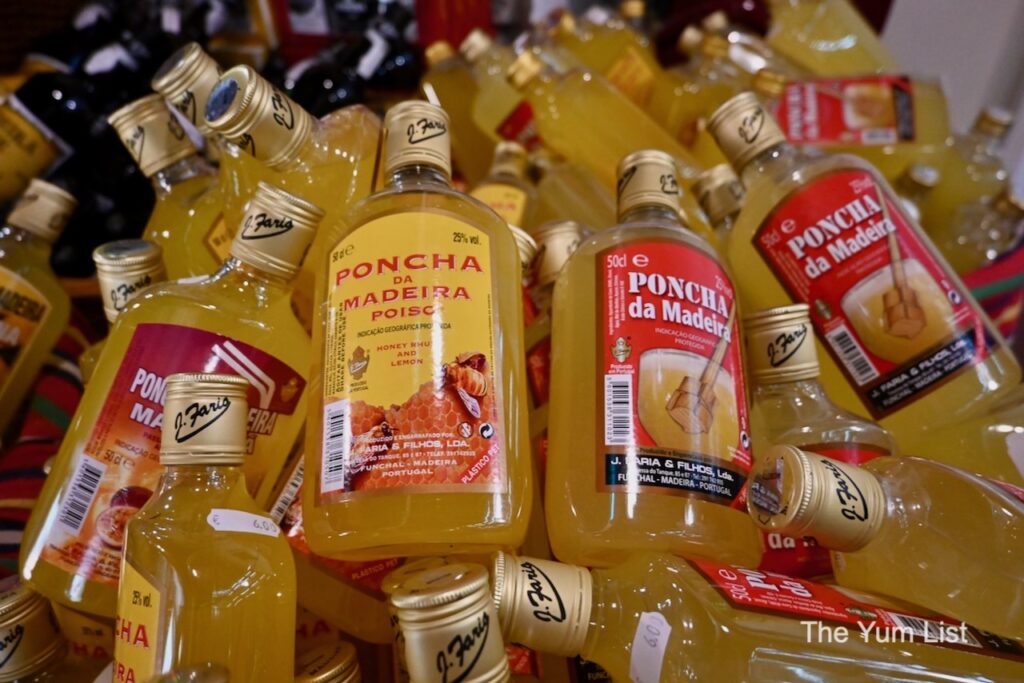
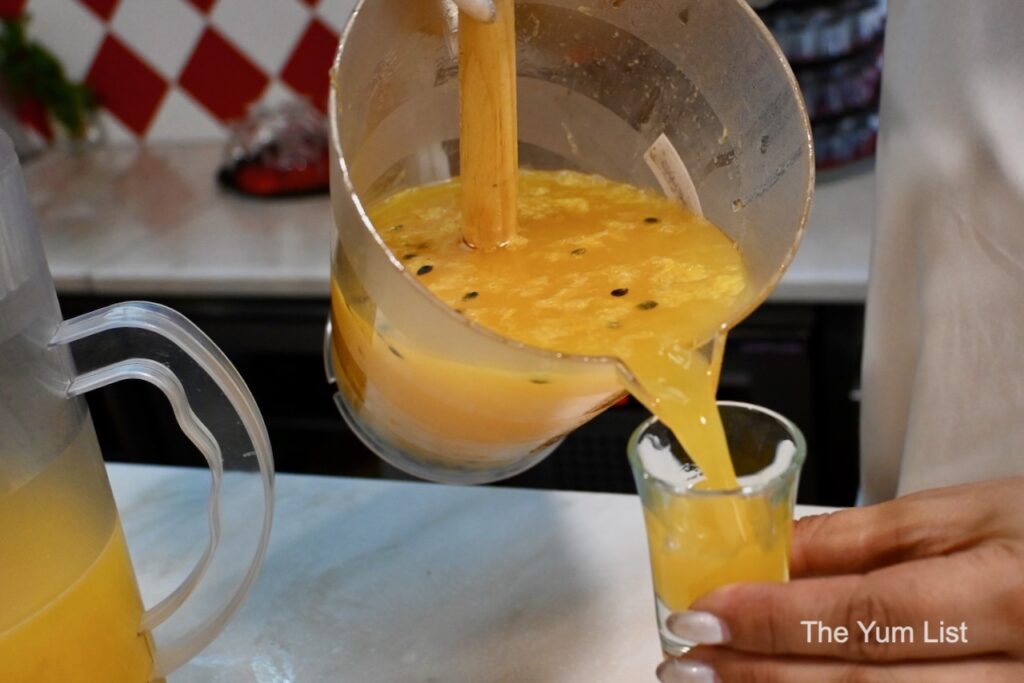
J. Faria & Filhos, Lda. – Engenhos do Norte – Madeira Rum
Rua do Cais 6, 9225-050 Porto da Cruz, Machico
+351 291 742 935
[email protected]
www.engenhosdonorte.com
www.facebook.com/madeirarum
Find more recommendations for gourmet travel in Portugal here and stay up-to-date with our latest international finds here and here.

